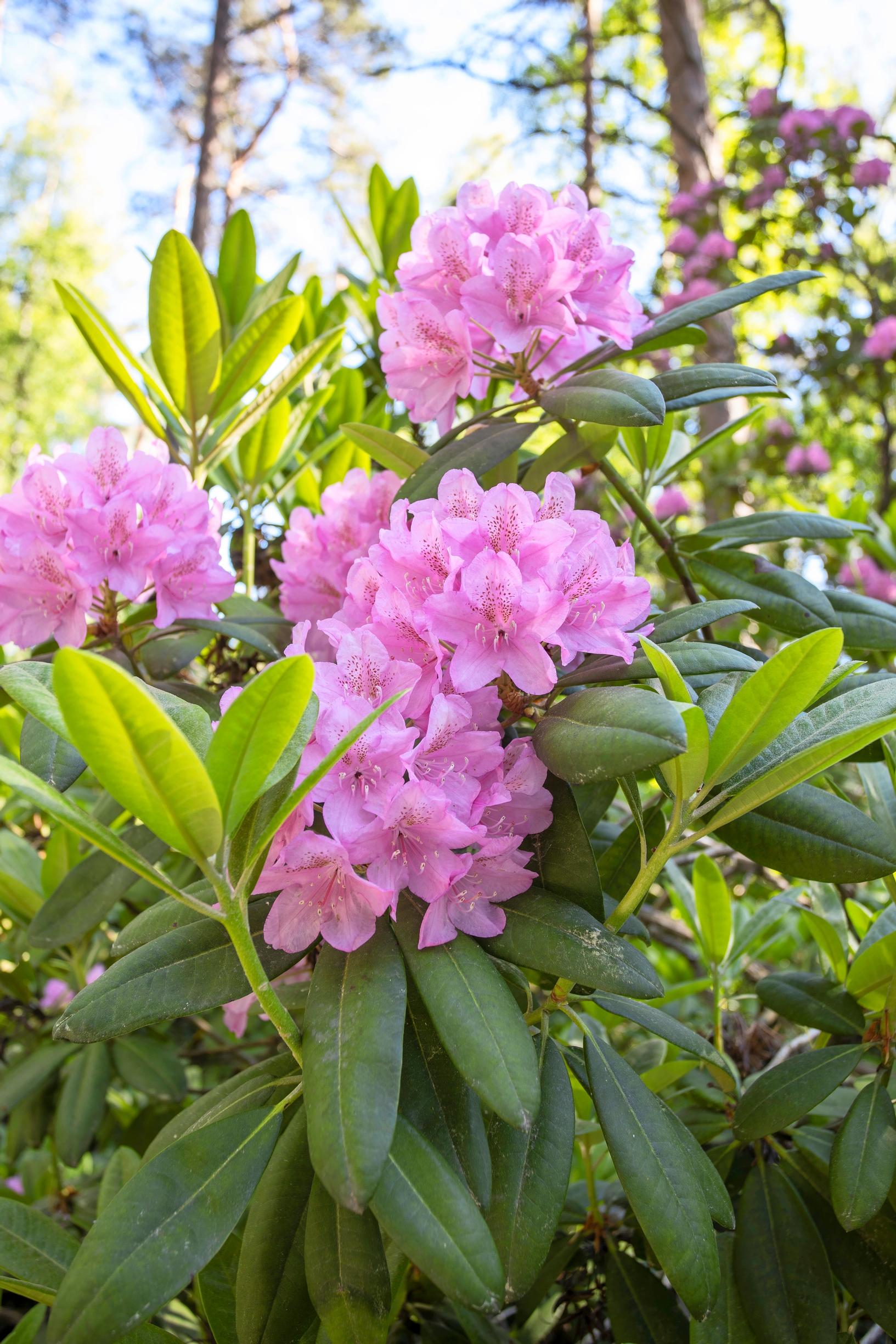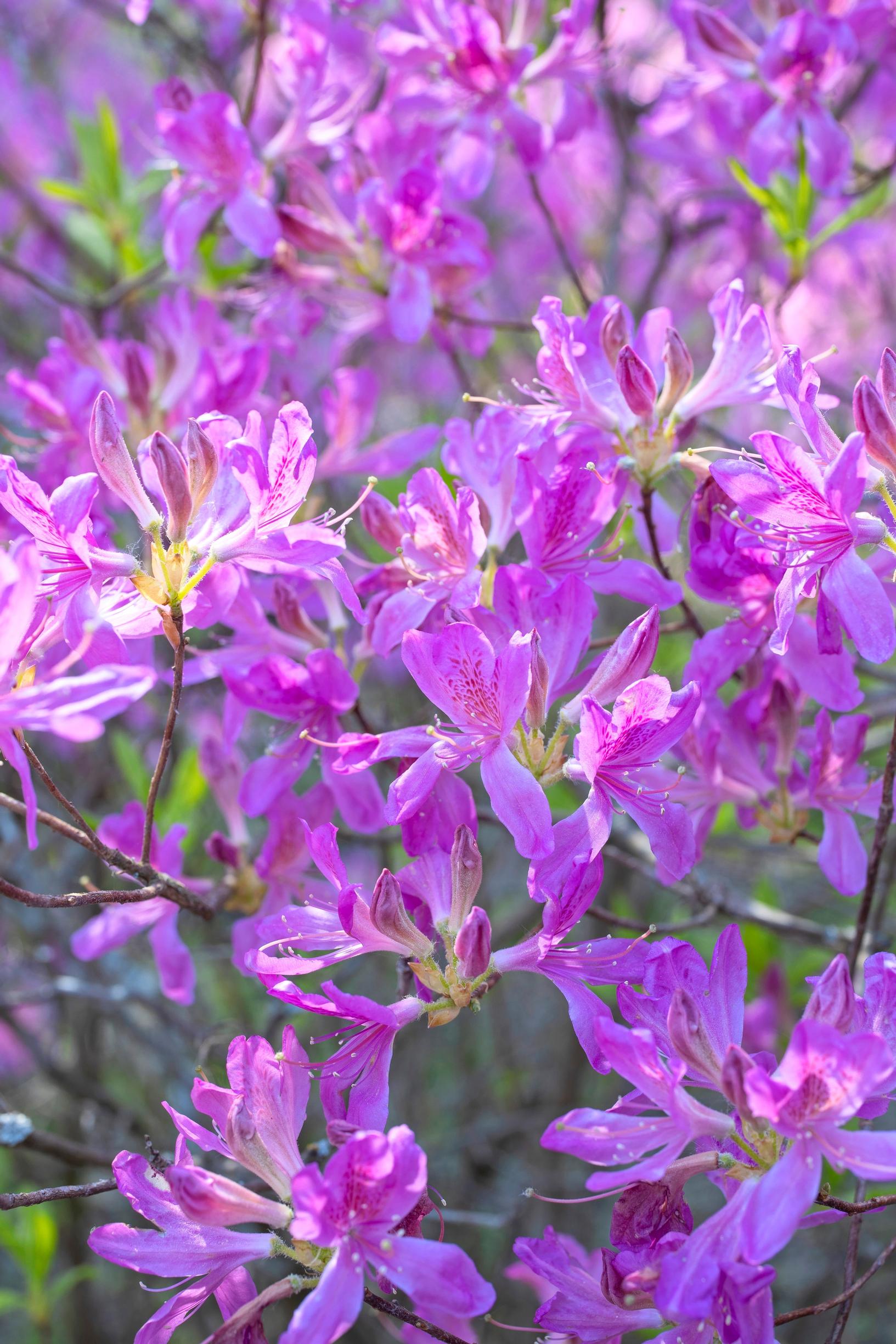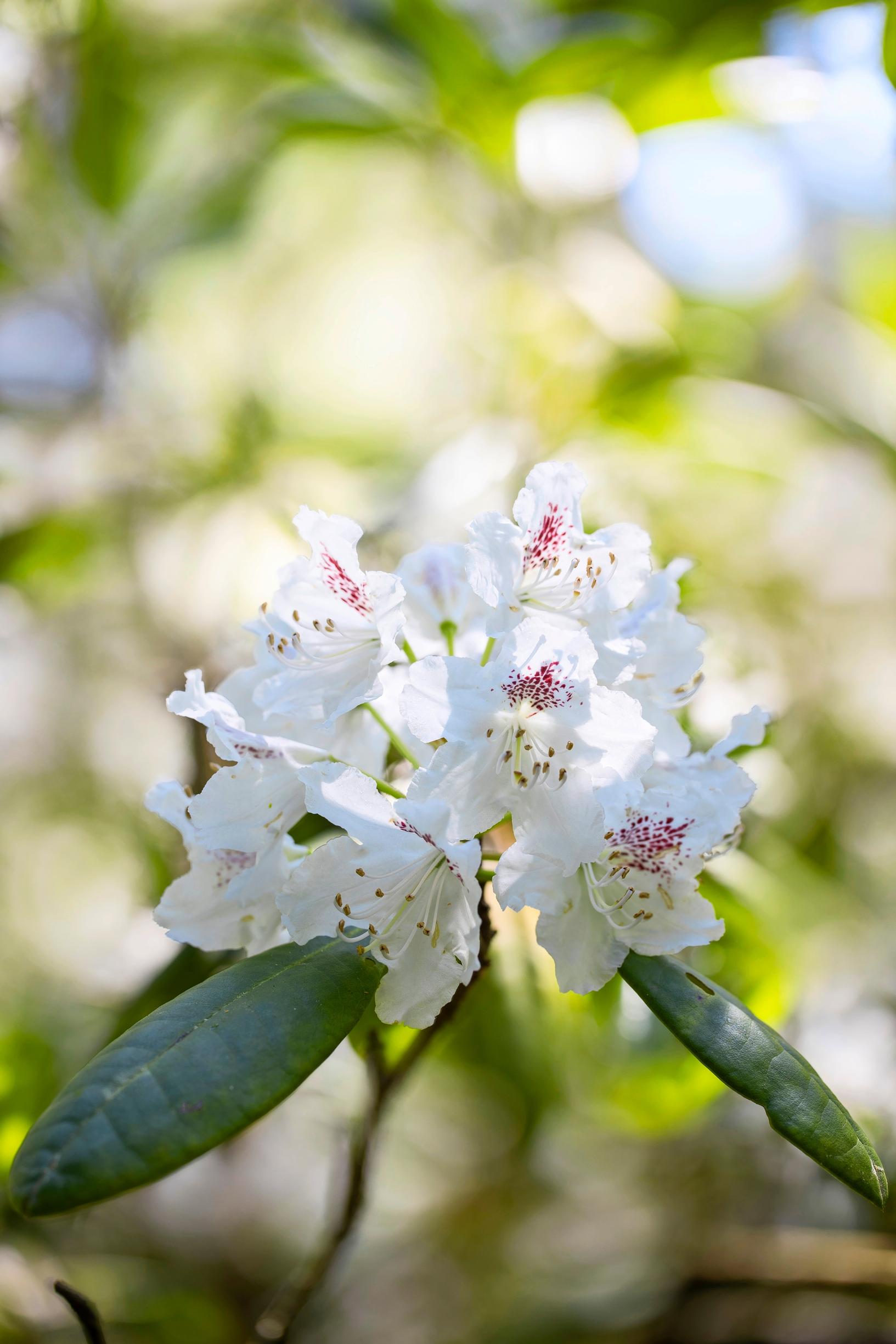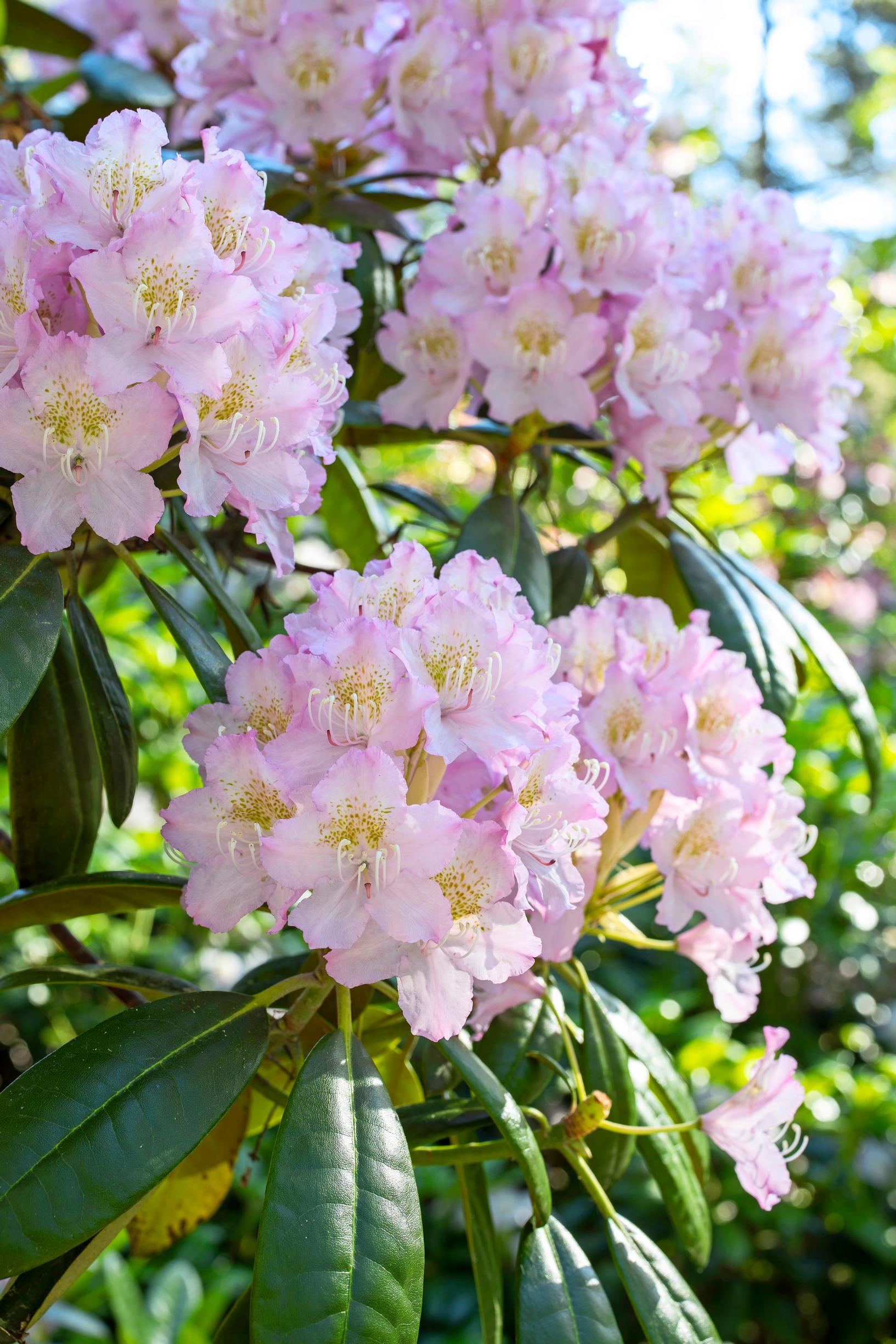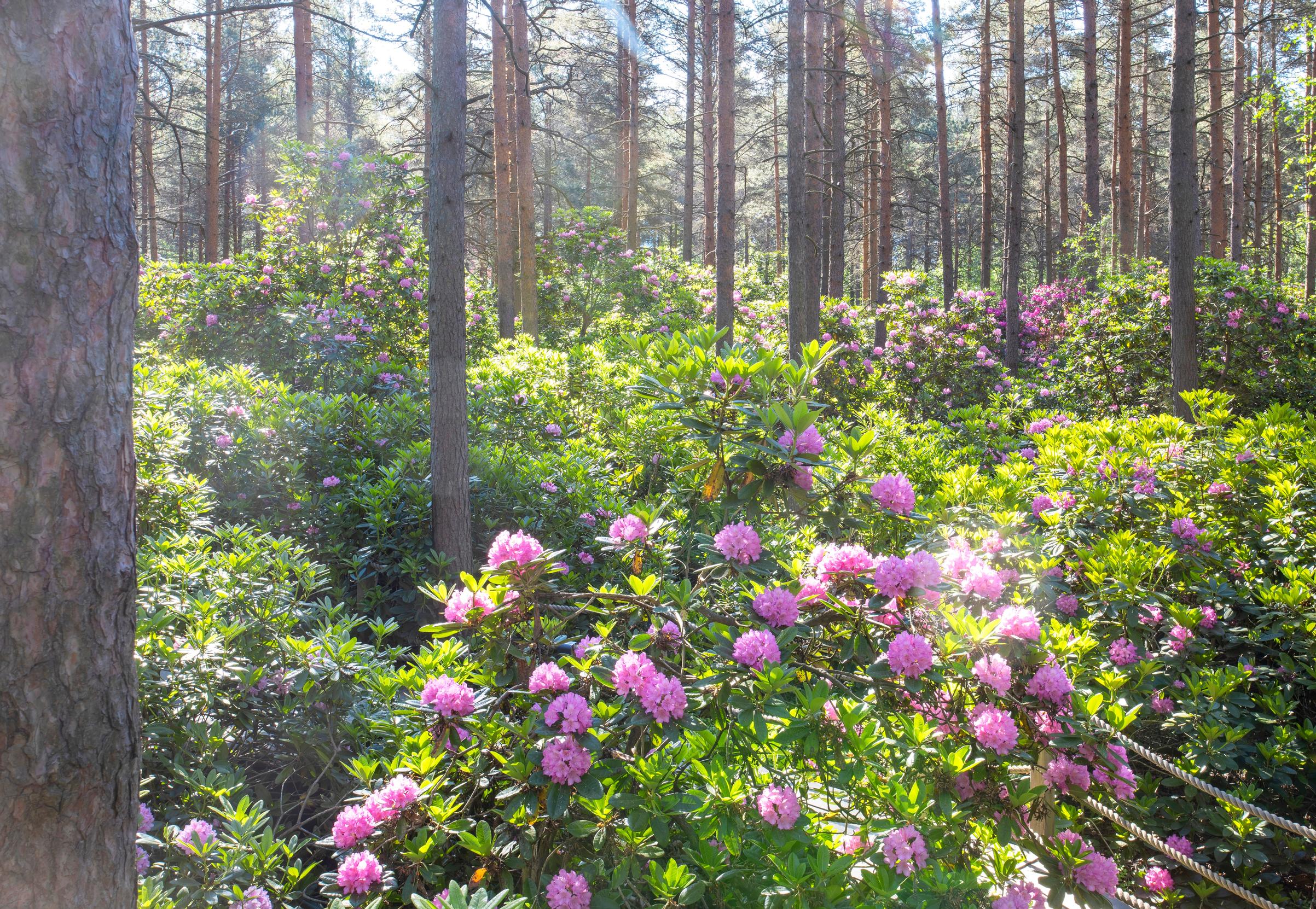
This flower park is a scientific test site—“I’ve never heard of anything like it”
Haaga Rhododendron Park is one of Helsinki’s top attractions in early summer. It was established in the mid-1970s when the first rhododendrons and azaleas were planted among marsh Labrador tea on a natural bog. The project combined scientific research with a public park. Thanks to the park, Finland has gained many new hardy rhododendrons and azaleas.
Branches covered in lavish, cloud-like blooms tower above visitors. Sunlight streams through the pine canopy, creating playful dappled light on the petals. In early June, the rhododendrons and azaleas at Haaga Rhododendron Park in Helsinki reach their peak bloom. On a warm, sunny day, many wander among the spectacular floral display—sometimes even forming a queue in the narrowest spots. Phone cameras click away as everyone hopes to preserve a piece of the profuse blossom show for themselves.
Plant breeder Anu Väinölä walks with practiced ease along the boardwalks and gravel paths that cross the park. She knows every corner like the back of her hand, as the Rhododendron Park has been a key part of her life since 1986. That was when she began a multi-year stint as a young research assistant for the University of Helsinki’s rhododendron research project. Later, Anu returned to the park for various work engagements, although her long career with plants has included plenty of other pursuits—these days, she’s researching rapeseed.
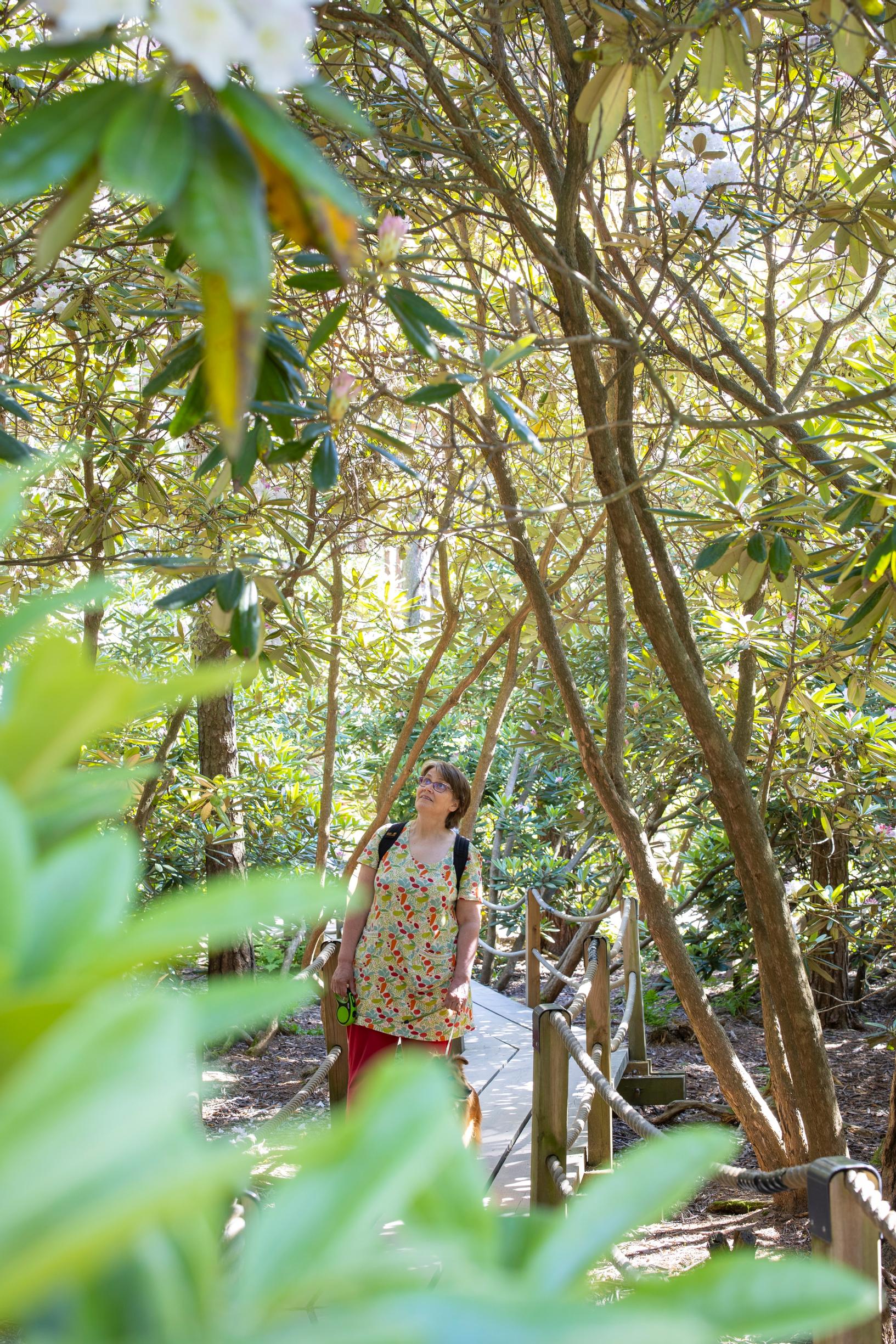
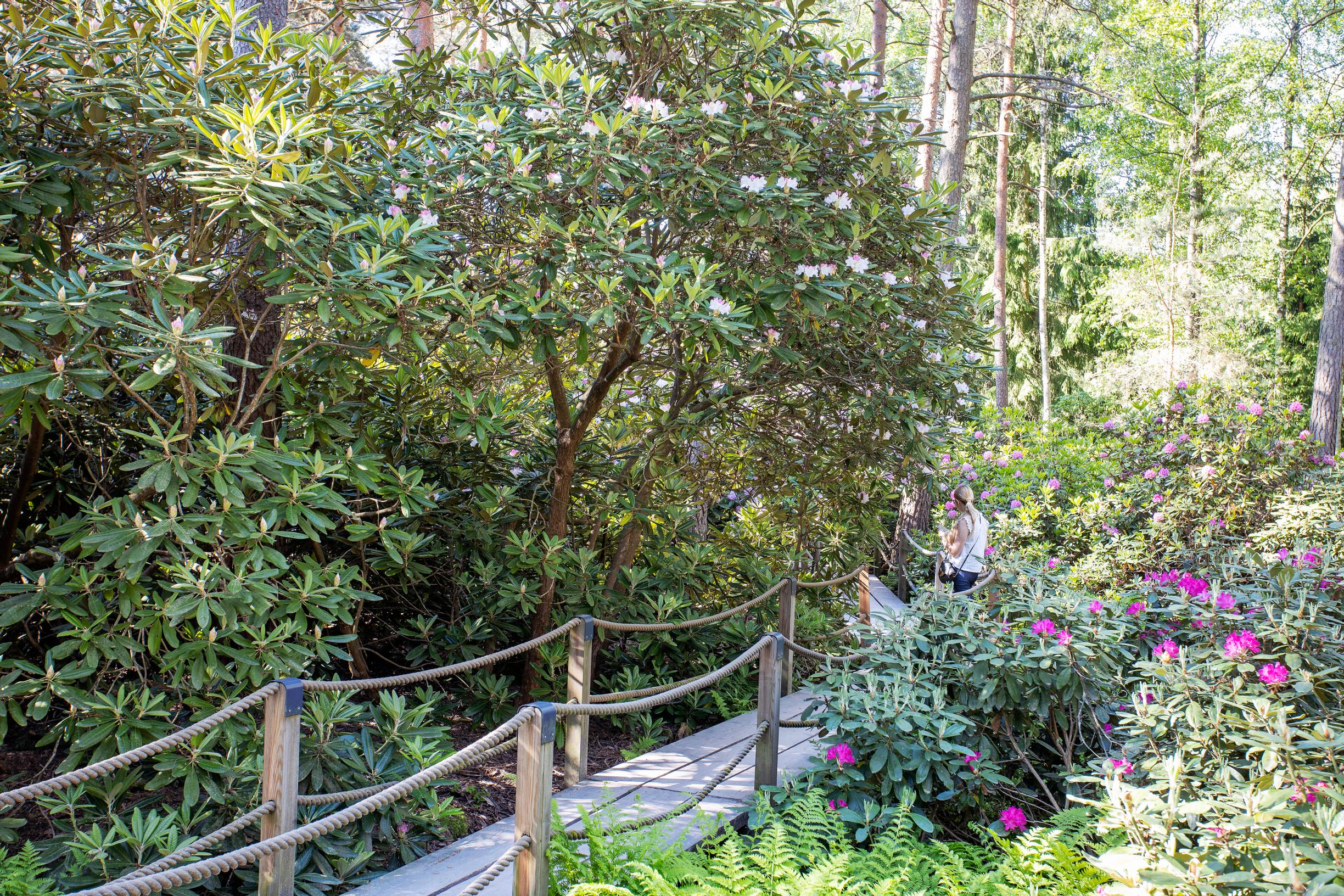
Launched in 1973, the rhododendron breeding program aimed to cultivate varieties that would thrive in Finland’s climate and bloom in various colors. Rhododendrons were chosen because there were few showy evergreens available for Finnish gardens and parks. Most rhododendrons imported from abroad barely survived along Finland’s southern coast.
In the late 1980s and early 1990s, Finnish azalea breeding also got underway. Anu was involved in that, this time in a broader role as a plant breeder. She developed azalea varieties such as ‘Illusia’ and ‘Adalmina.’
“I think leafless azaleas in bloom look like spring fairies. That’s why I chose their names from my favorite fairy-tale books, matching their flower colors to the book covers.”
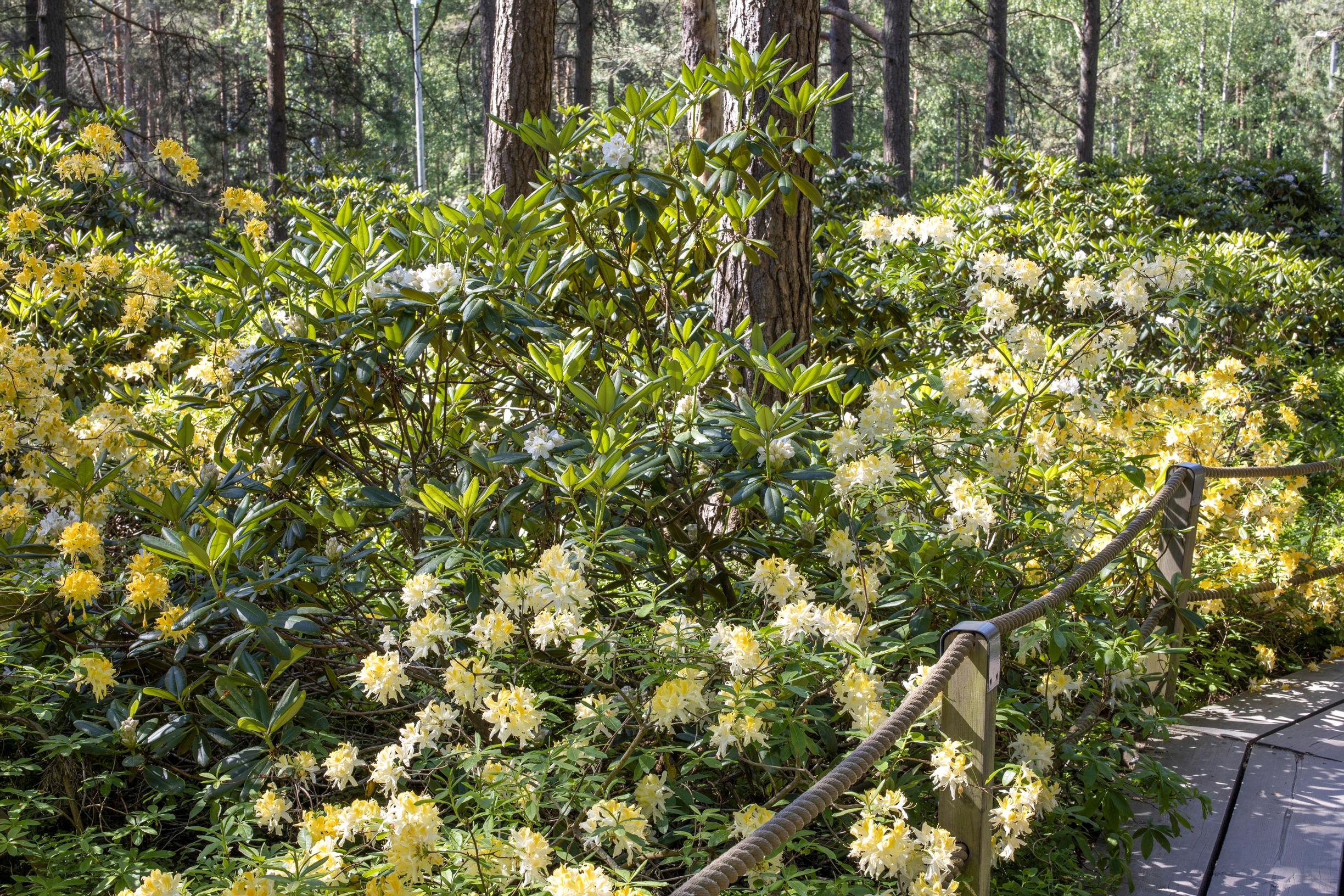
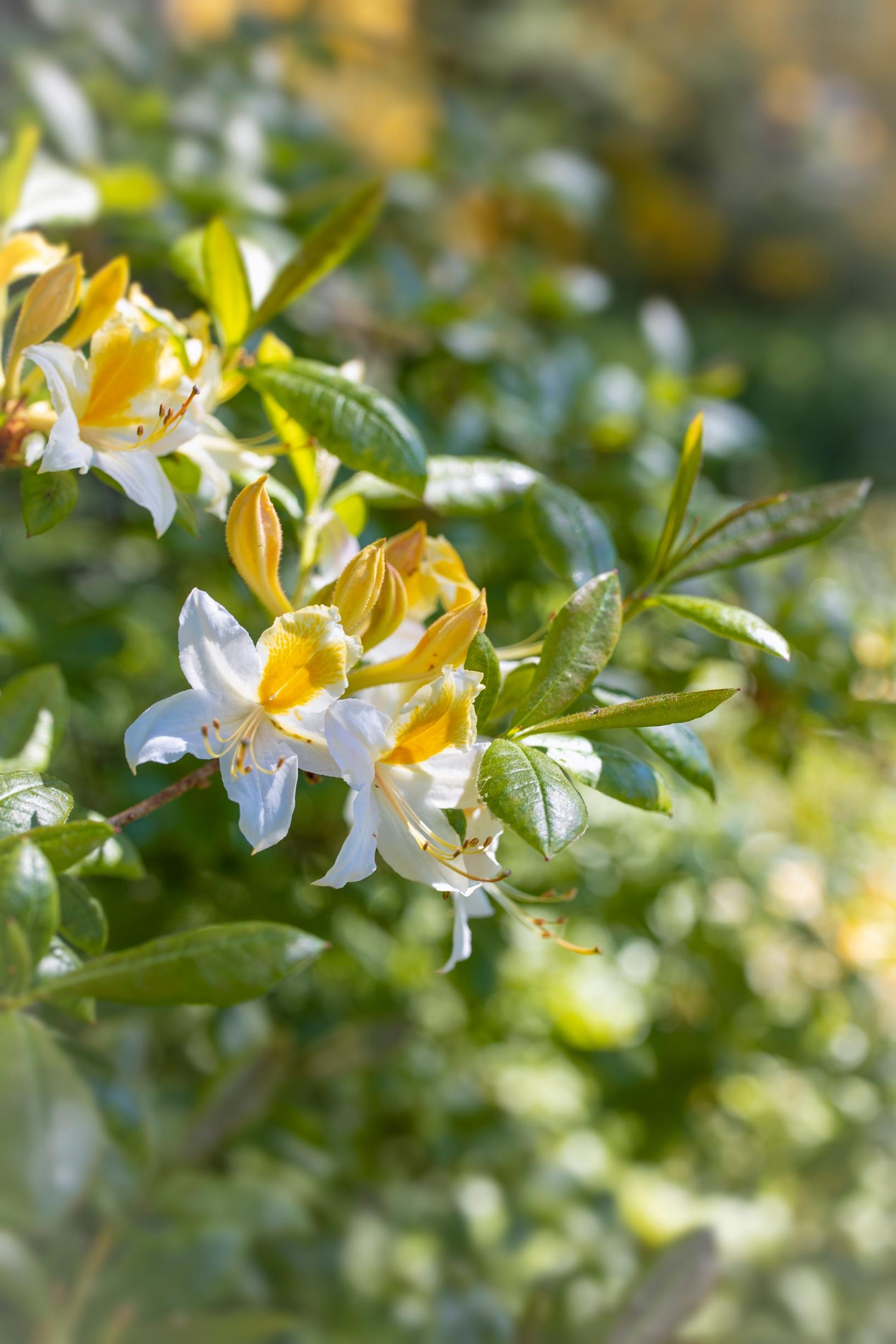
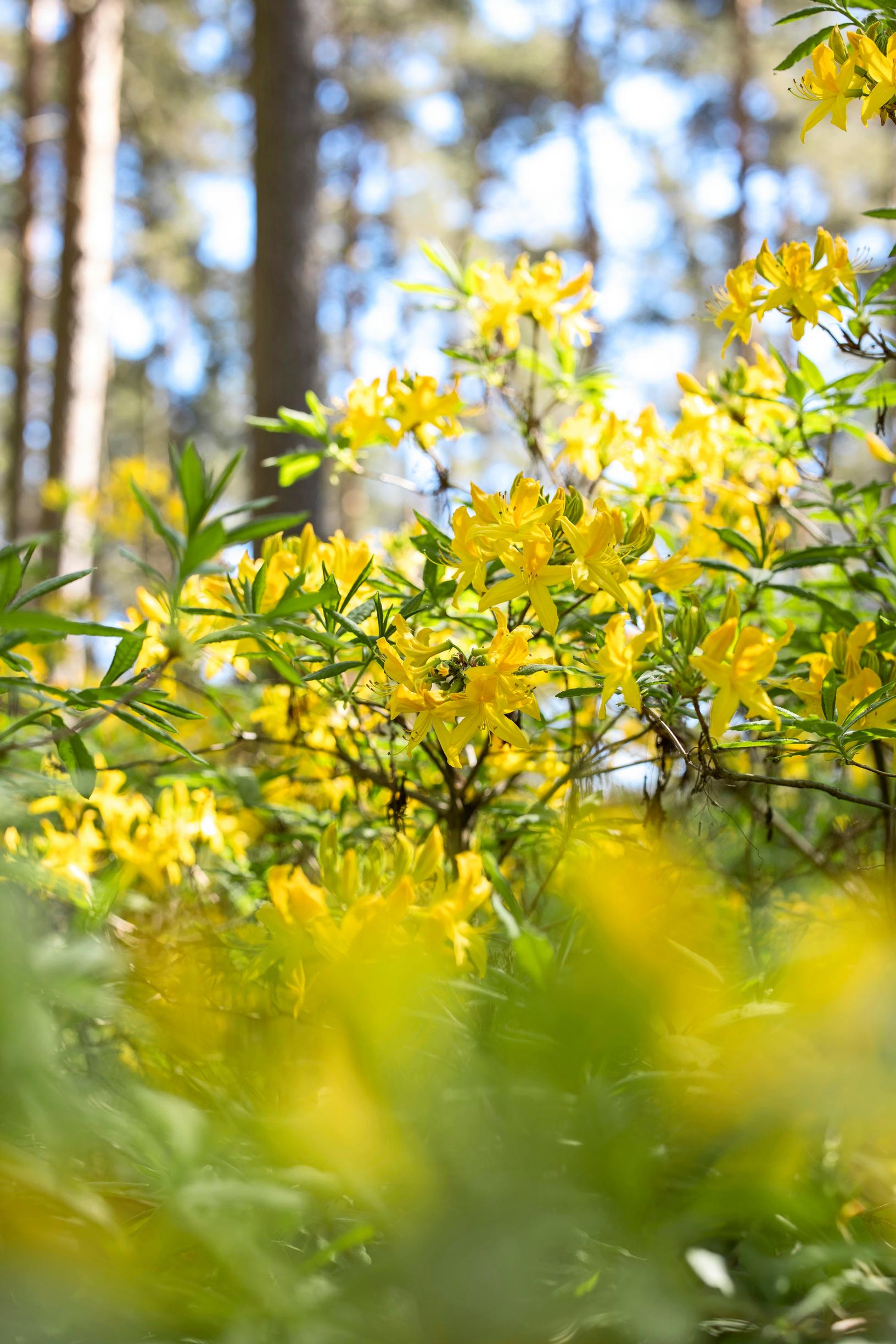
The rhododendron breeding program was led by Professor of Plant Breeding Peter Tigerstedt, whose grandfather founded Arboretum Mustila [in Finnish] in Elimäki in 1902. It housed rhododendrons unusually hardy in Finnish conditions, obtained in the early 1900s from Central Europe and Korea. These, especially the famously hardy Mustila Rhododendron, were chosen as the mother plants for the breeding program. For crossbreeding, pollen was collected from species and varieties prized for their ornamental qualities but less tolerant of cold.
Creating new plant varieties requires extensive testing over a long period and in multiple locations to see what they can handle. The new rhododendron hybrids also needed large test sites nationwide. One was located in Helsinki’s Haaga district, whose longtime city gardener Pekka Jyränkö (who passed away in 1995) proposed making the test site double as a public park.
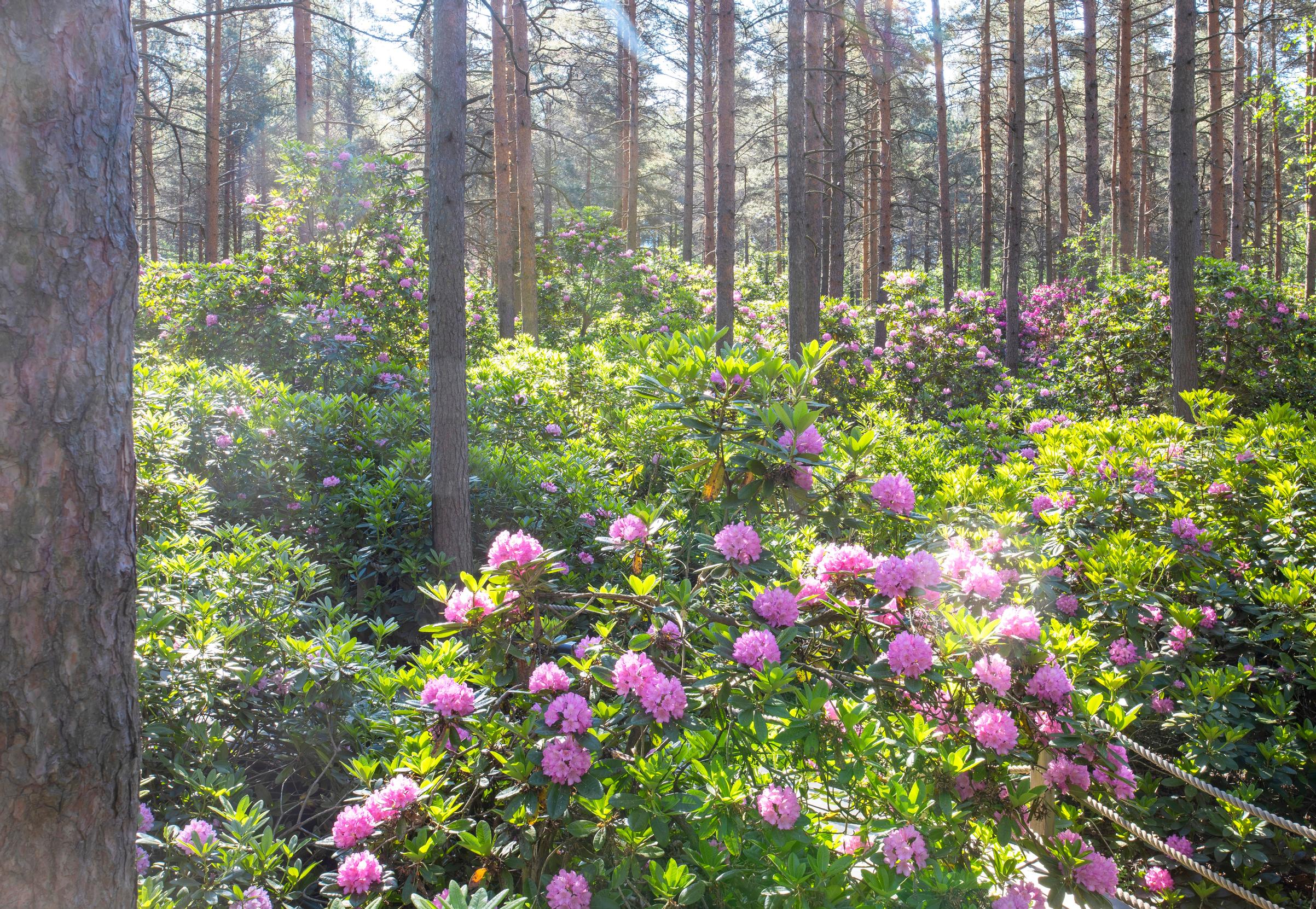
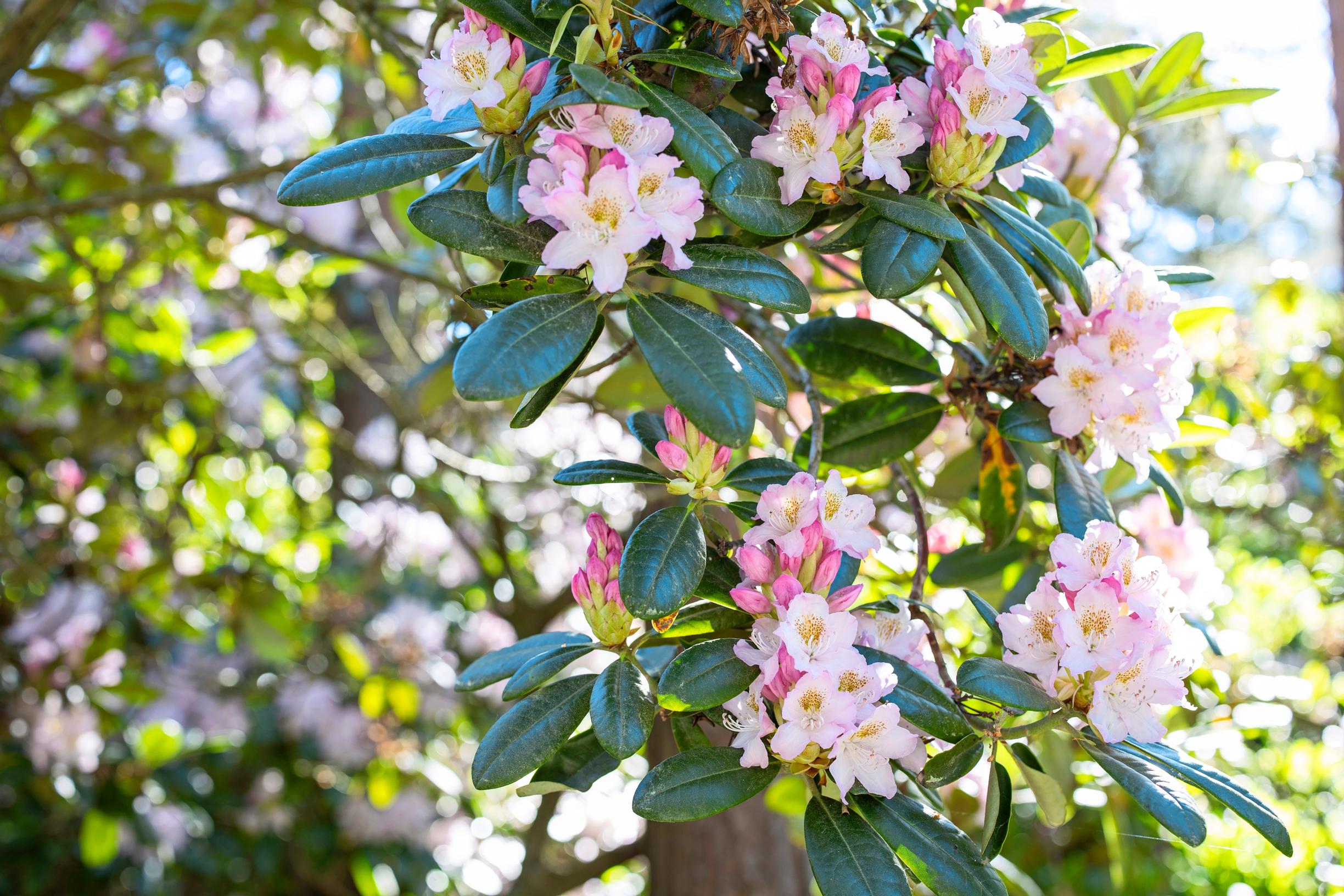
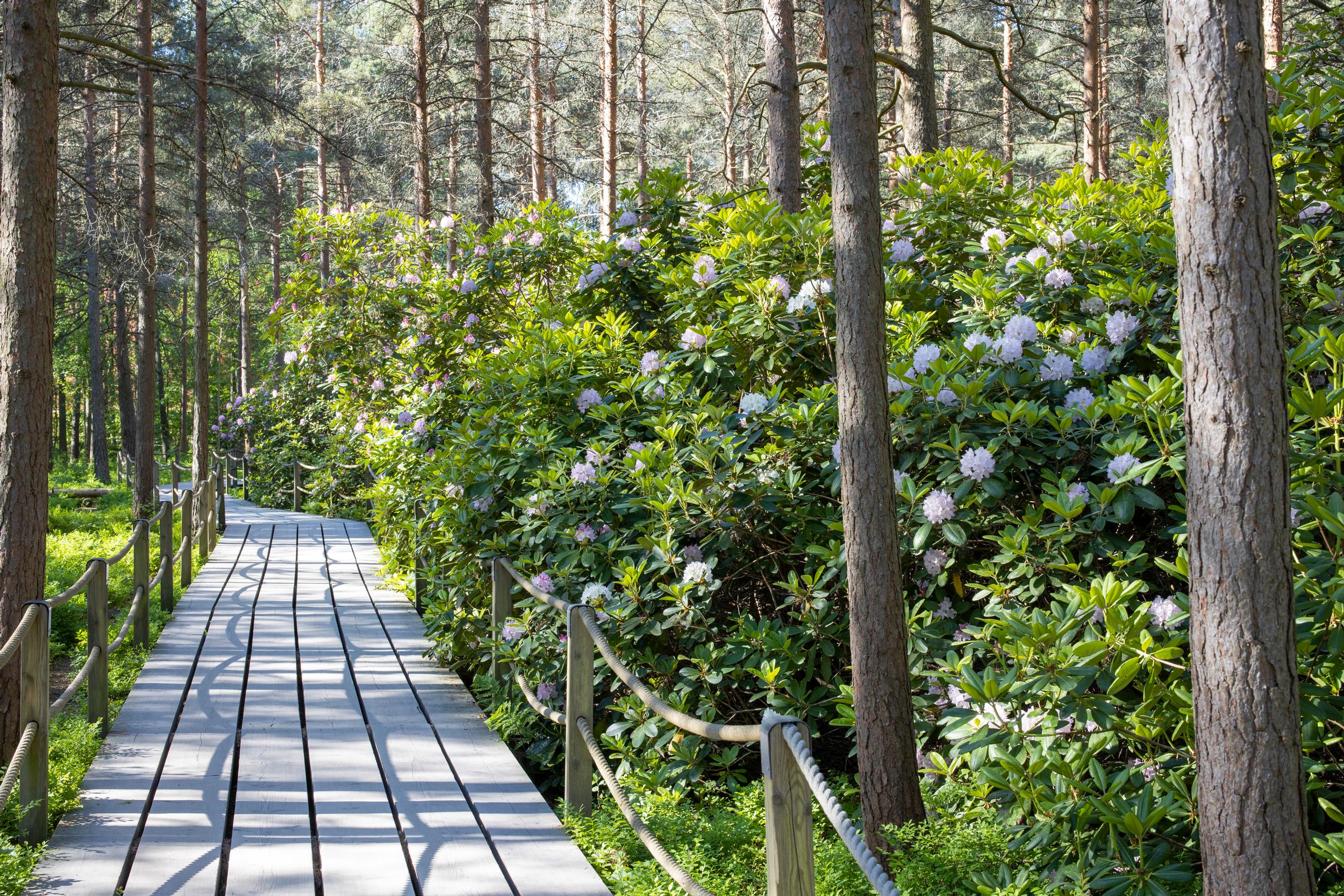
According to Anu Väinölä, having a park open to everyone that also serves as a test site is rare, even worldwide.
“I’ve never heard of anything similar. There is a combined test site and park in Latvia, but it’s not right in the middle of a city like this.”
Founded in 1975, the Rhododendron Park has grown into one of Helsinki’s top attractions, even mentioned in tourist guides.
The breeding program was a success, bringing a wealth of new, easy-to-grow rhododendrons and azaleas to our country.
Most seedlings in Haaga were planted directly into the forest floor, a natural bog landscape that already had marsh Labrador tea—relatives of the rhododendron. Anu mentions that extra soil was added for the azaleas, but weeds posed a serious problem. Later studies showed that even the azaleas thrived best in the original forest soil alone.
Researchers hoped for cold winters during the experiment so they could quickly determine how well the rhododendrons handled winter, discarding the more winter-sensitive varieties early on. That’s why the seedlings were planted extremely close together, just 50 centimeters apart, even though large varieties typically need a spacing of up to two meters. In the mid-1980s, several harsh winters did indeed hit, which reduced the number of seedlings.
“I recall strolling here that first summer and deciding to use one roll of film on the plants, because I thought I might never return. Little did I know it would become my life’s work—a project I keep coming back to,” Anu says with a smile.
The breeding program was indeed a success, giving Finnish gardeners a wide range of reliable rhododendrons and azaleas. One new variety, the rose-pink ‘Haaga,’ was named after the park where it was tested. Another, the pale-pink ‘Pekka,’ was named after city gardener Jyränkö, who envisioned combining a test site with a public park. Other well-known varieties fine-tuned here in Haaga and in other test locations include ‘Helsingin Yliopisto, (University of Helsinki) and ‘Kullervo’ (a character from national epic Kalevala).
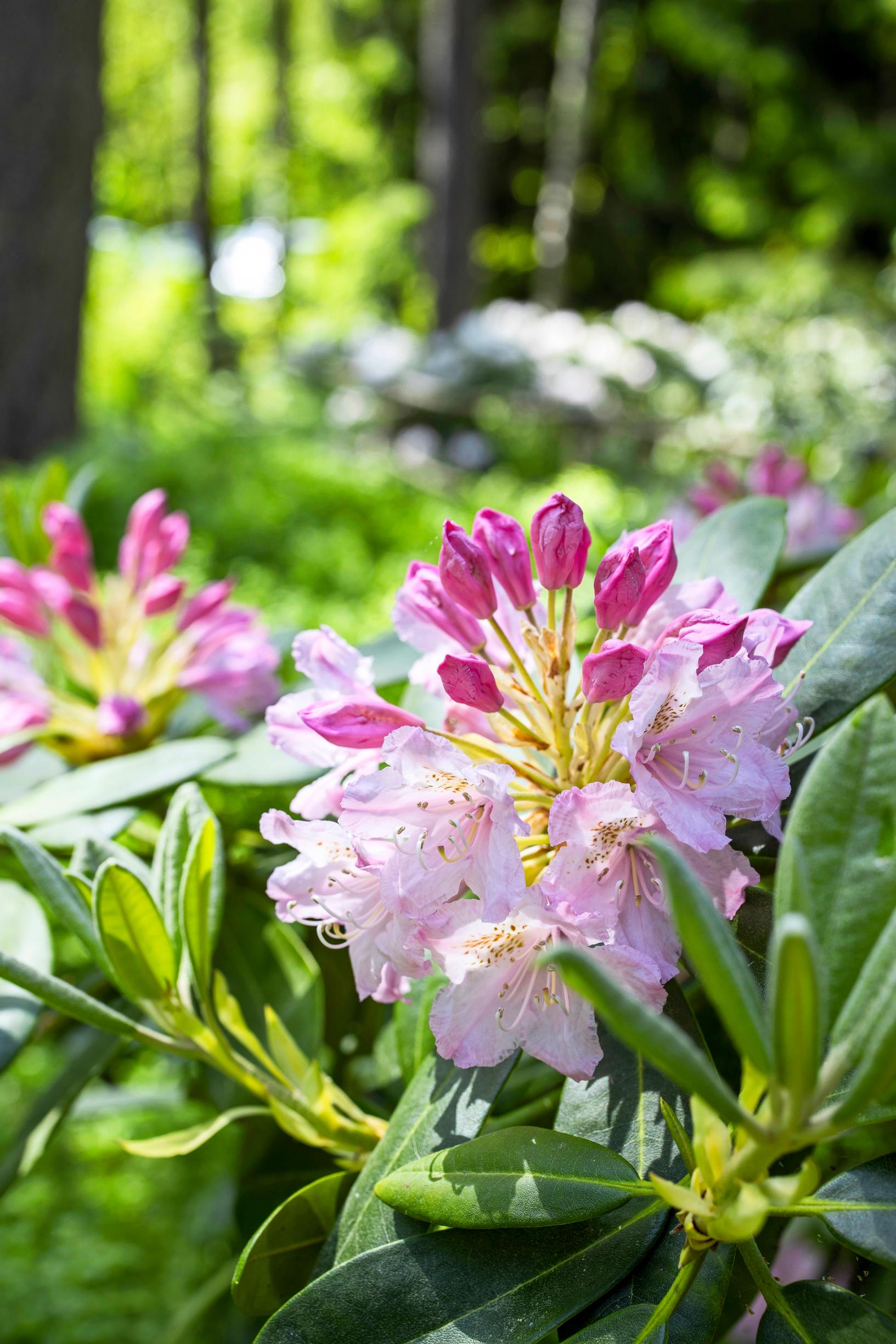
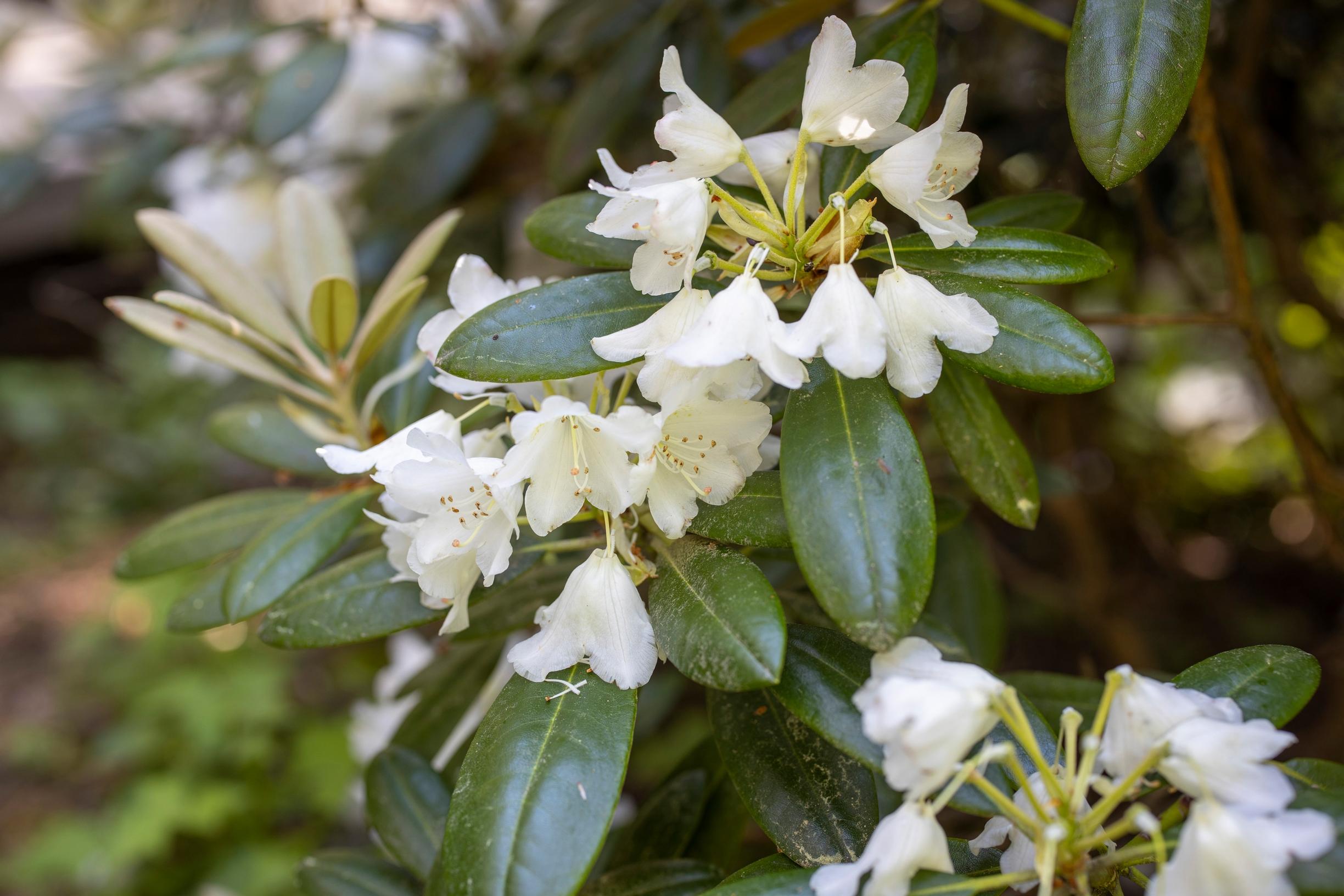
While most visitors simply marvel at the breathtaking floral abundance, a plant researcher also identifies which species contributed to each rhododendron hybrid. Anu gently touches the pink, bell-shaped ‘Kullervo’ rhododendron’s olive-gray, slightly fuzzy leaves underneath, noting that the trait came from a Yakushima rhododendron hybrid mother plant.
“See how ‘Hellikki’ is even fuzzier, and its petal edges are slightly scalloped. Its mother was a fuzzy-leaf rhododendron hybrid.”
Anu still remembers when, in the late 1980s, the rhododendron seedlings in the park were so short that she often had to crouch down for close-up photos. Now the tallest ones have thick trunks—some standing around six meters high. The azaleas, though younger and smaller, have also reached about human height. Gazing up at the blooms overhead, you’ll likely crane your neck—unless you move to one of the park’s viewpoints to admire the abundance from above. Once there, Anu can’t resist snapping new photos of the vibrant flower clusters.
